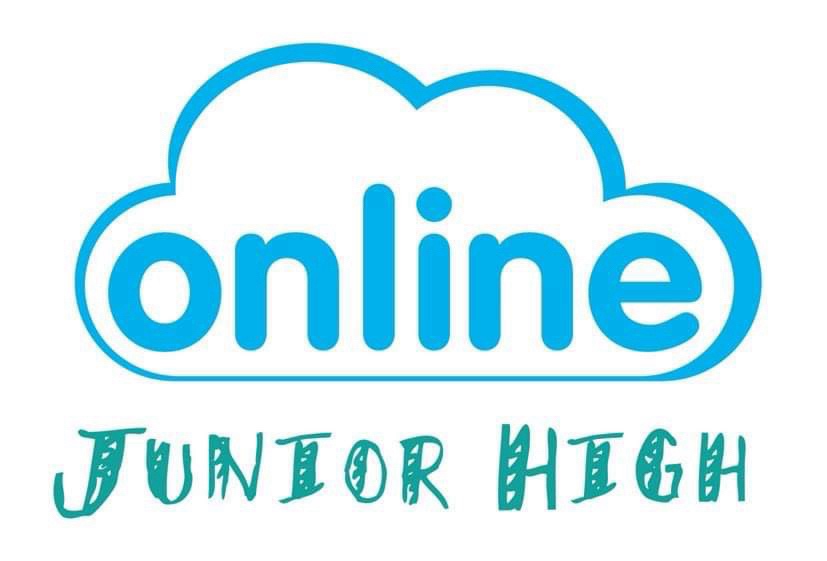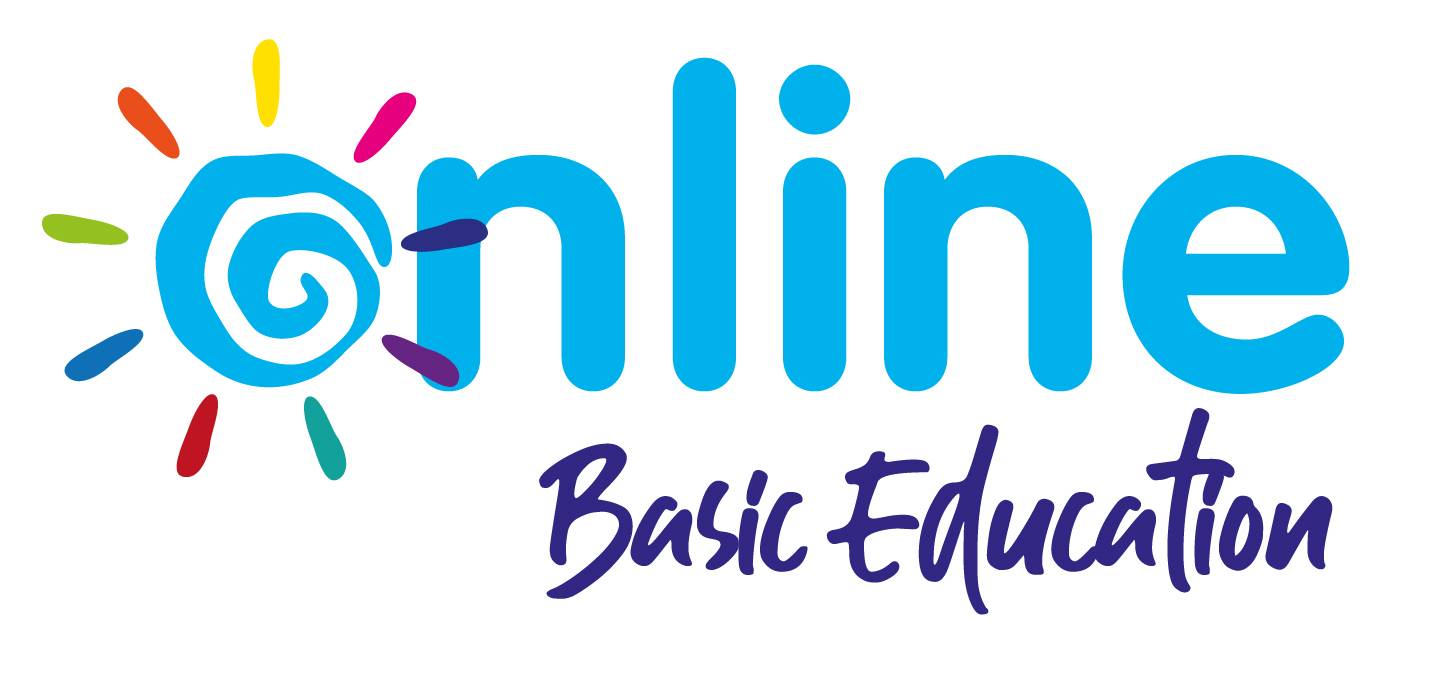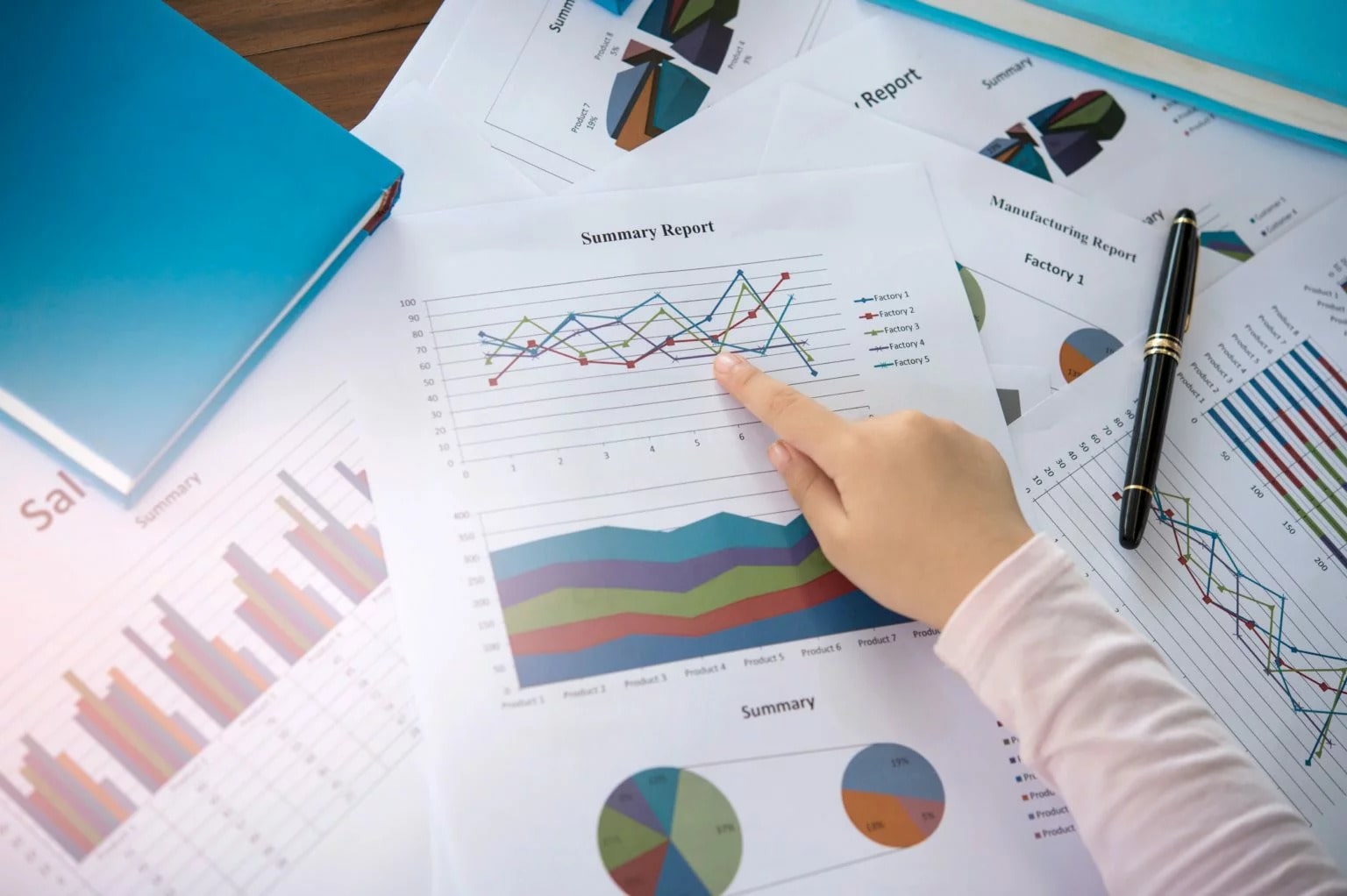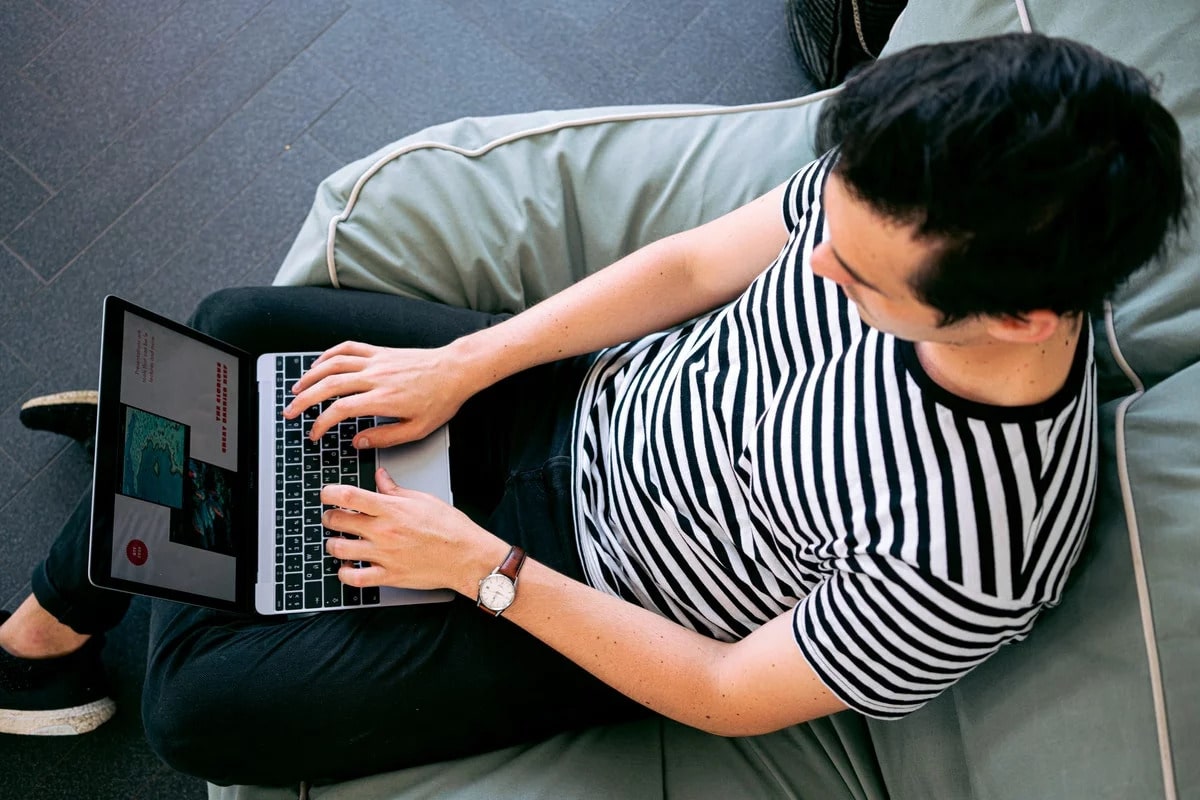The Philippines was one of the last countries in the world to switch to a K-12 system. In fact, it was one of three countries, along with Angola and Djibouti, to have a shortened educational system at only 10 years. In an effort to strengthen our educational system and to be more competitive against our neighboring countries, the Philippines lengthened its 10-year education system and adopted the 12-year system to “provide sufficient time for mastery of concepts and skills, develop lifelong learners, and prepare graduates for tertiary education, middle-level skills development, employment, and entrepreneurship.”
This new system will now consist of one year of kindergarten, six years of primary school (Grades 1 – 6), four years of junior high school (Grades 7 – 10), and an additional two years for senior high school (Grades 11 – 12). The new educational system was gradually introduced in the 2012 – 2013 academic year starting with the Grade 1 and Grade 7 students. The Grade 1 students will be the first to complete the entire 12-year system, and in 2018, the Grade 7 students will be the first to graduate from the 12-year system.
The change to the K-12 system was not without its challenges. Shortages in classrooms, teachers, and textbooks were the primary issues the Department of Education had to address. Apart from these, an entirely new K-12 curriculum had to be devised and developed; students will be taught in the local language from Grades 1- 3, with English and Filipino introduced only as language subjects. Gradually, English and Filipino will be introduced as languages of instruction (Grades 4 – 6), and will be the sole languages of instruction in Grades 7 – 12.
In the newly introduced senior high school, students will be asked to select a track. Tracks will either be academic, technical-vocational-livelihood, or sports and arts centered based on their aptitude, interests, and the capacity of their school. Furthermore, students in the academic track can choose one of three streams: 1) Business, Accountancy, Management (BAM), 2) Humanities, Education, Social Sciences (HESS), or 3) Science, Technology, Engineering, Mathematics (STEM).
With the new educational system, students will be awarded a Certificate of Competency (COC) or a National Certificate Level I (NCI) upon their completion of Grade 10. Students who complete a technical-vocational-livelihood can take a competency-based examination to obtain a National Certificate Level II (NC II). The government hopes that the National Certificates will help provide students with middle-level skills and improve their chances of employability. Apart from this, the government has set up partnerships with several industries to provide students in the technical-vocational-livelihood track with training opportunities.
The newly added senior high school (SHS) refers to Grades 11 and 12 and were introduced in 2012. These two additional years will cater to subjects that will help introduce students to subjects in their preferred career path.
In the previous educational system in the Philippines, high school consisted of First to Fourth Year. Those four years now correspond to Grades 7- 10 and are now known as junior high school (JHS).
All in all, the new educational system will include thirteen academic years – one year of kindergarten, 6 years of primary school, 4 years of junior high school, and 2 years of senior high school. A student must complete all thirteen in order to receive a high school diploma. Although senior high school is not compulsory, students who stop at junior high school will find themselves at a disadvantage because they will not be accepted into a college degree or technical-vocational certificate program without a SHS diploma. They will also miss out on the chance to learn valuable skills that can qualify them for employment right after SHS graduation, or that will prepare them to start their own business.
Education in the Philippines During the Pandemic
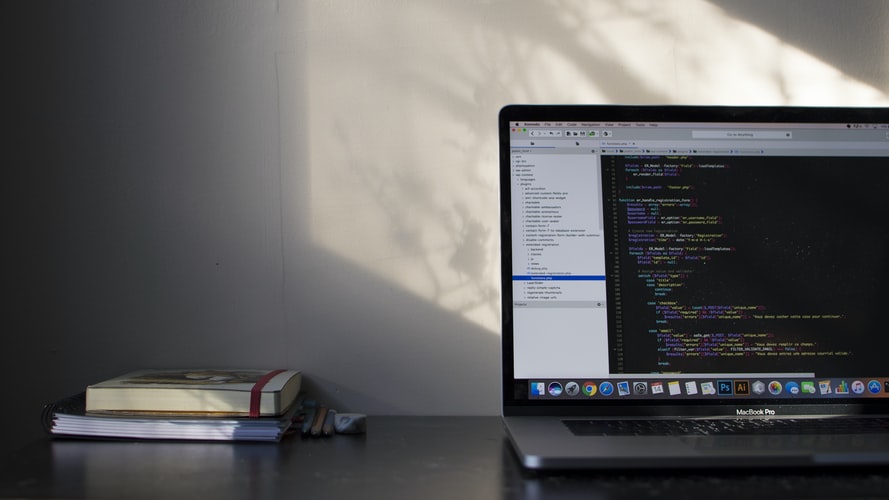
The recent COVID-19 pandemic has forced yet another shift in the Philippine education system, and around the world. While the pandemic has caught the entire world off-guard, the country is trying its best to keep its students safe while still looking out for their education in the time of a pandemic.
One of the biggest changes to come to Philippine education during the pandemic is the mode of teaching. In order to keep students, instructors, and even school staff safe during these uncertain times, schools all across the country have decided to shift to a much-safer approach of learning – online learning. This way, students and instructors can all practice social distancing while still continuing classes.
Education in the Philippines during the pandemic has therefore turned digital, with many schools, both public and private, requiring their students to have some form of digital device. This could be a smart phone, tablet, desktop computer, or laptop. Teachers will then get in touch with the students via a group video conference (platform will vary depending on the school). While it may be unconventional for other students, this is the type of learning that’s being practiced by many online learning schools such as AMA University Online Education. Students will then be assigned their homework and schoolwork online, either through physical textbooks and handouts, or digital ones which they may or may not choose to print out.
Because staying in front of a digital device all day is not something children, particularly the younger ones, is used to, many schools have limited to amount of screen time the students will receive. Most schools have restricted it to half a day, with the remaining half saved for seat work, quizzes, etc.
Because the Philippine government understands that not everybody has the means to purchase a new digital device, and that not all areas in the Philippines receives strong internet connection, they’ve made sure to still make education accessible to all. To address these particular concerns, the Department of Education has filmed special classes for all grade levels, from Kindergarten all the way until Senior High School, that will be broadcast through the country’s free channels. With this, DepEd aims to reach even the far-flung areas.
President Duterte has also announced that he will be acquiring radio frequency networks which can also be used by citizens who do not have television reception or do not have access to a television.
Although the COVID-19 pandemic is certainly challenging our education system, particularly our public school sector, our government has proven that it is doing everything it can to safeguard the children’s education by providing them with the means to continue their education through this “new normal.” Digital learning, as well as the other alternative forms of learning, have provided students with the means to continue their education from the safety of their homes, in spite of the ongoing pandemic.

